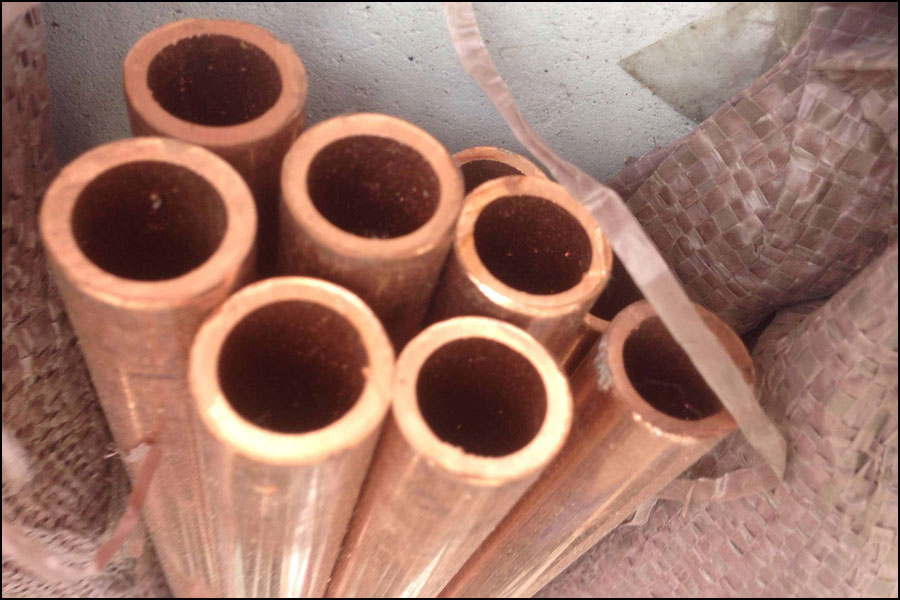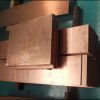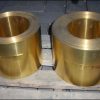
Beryllium copper alloy ingots are divided into non-vacuum ingots and vacuum ingots. The non-vacuum ingot casting methods currently used in the practice of beryllium copper alloy production include inclined iron mold ingot casting, continuous ingot casting, semi-continuous ingot casting and continuous ingot casting. The first two methods are only used in factories with a small consumption range.
Experts said that in order to obtain beryllium copper alloy ingots with low gas content, small segregation, less doping, and average and dense crystal structure, a good method is to vacuum ingot after vacuum melting. Vacuum ingot casting has obvious consequences for guaranteeing the content of easily oxidizable elements such as beryllium and titanium. When necessary, inert gas can be introduced to stop and maintain the ingot process.
Everyone knows that copper is much softer than steel, and its flexibility and ability to resist corruption are not strong. However, after adding some beryllium to copper, the function of copper has undergone surprising changes. Beryllium bronze containing 1 to 3.5% of beryllium has good mechanical functions, enhanced hardness, good elasticity, high resistance to loss, and high electrical conductivity. Springs made of beryllium bronze can be compressed hundreds of millions of times.
If during the aging process, the volume change of the part is average, and the density is increased evenly, it has no effect on the overall shape of the part. This kind of average change can be considered in the calculation of the size design and will not present a big result. On the other hand, if the volume change is uneven, deformation results will occur. There are several factors that can cause uneven age hardening of beryllium copper parts.
When aging large size or long parts, temperature unevenness is a source of deformation. However, small parts formed by stamping or machining, even if the age temperature is very average, will show changes.
Cnc Machining and forming operations, such as turning milling, stamping, bending, embossing, straightening, etc., form the residual stress that causes the deformation of these small parts during the aging process. For example, a flat strip is formed into a complex twist, as shown in Figure 1, receiving pressure on the inside of the twist and tension on the outside.
The deformation of beryllium copper parts during the age hardening process is usually caused by uneven residual stress. This deformation can be increased or removed by the following methods:
- 1. Switch to factory-hardened alloys;
- 2. Choose hard alloys that meet the requirements of formability;
- 3. Fix the fixture during the age hardening process;
- 4. Remove the stress in the parts;
- 5. Guarantee the average stress distribution;
- 6. Improve the aging hardening temperature and extend the aging time at this temperature;






